 ost if not all histories have mistaken the true inventor of the jet engine as there are many perspectives to the stories. During the time of the Second World War, there have been many different inventors working on a new technology that would launch an aircraft at great speeds in a matter of seconds. Where a lot of the confusion comes is that there have been many different types of models that have tried to perfect the Original model of the jet engine invented by Henri Coanda (7th June 1886- 25 November 1972), a man from a strong generation that has lived his life through wars.
ost if not all histories have mistaken the true inventor of the jet engine as there are many perspectives to the stories. During the time of the Second World War, there have been many different inventors working on a new technology that would launch an aircraft at great speeds in a matter of seconds. Where a lot of the confusion comes is that there have been many different types of models that have tried to perfect the Original model of the jet engine invented by Henri Coanda (7th June 1886- 25 November 1972), a man from a strong generation that has lived his life through wars.
Who was Henri Coanda?
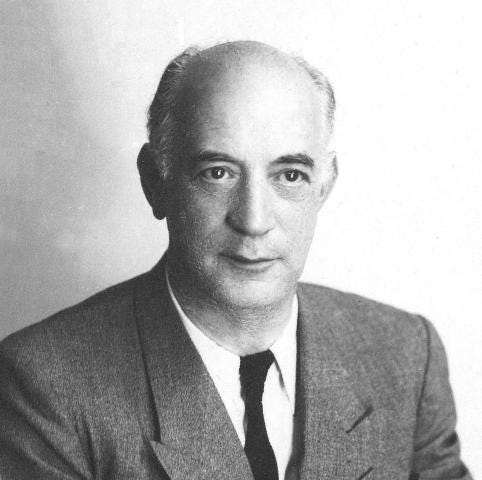
Henri Marie Coanda was a Romanian inventor, as well as an aerodynamics pioneer, which is mostly known for the Coanda effect which solved a major problem that the first prototype of the jet engine had. This was the jet fluid not having a constant flow while at high speeds. After graduating from the military high school in Romanian in the year 1903 with the rank of major sergeant he pursued further education in Berlin at Technische Hochschule.
Next, he moved to Belgium to continue his studies at the Montefiore Institute in Liege. After graduating he had more than enough knowledge to finally apply his inventions in theory. Even if the propeller engine was still quite new technology he thought it is obsolete as there was room for much more potential.
A new era, The birth of the jet engine
Coanda came up with the idea of the jet engine in 1908 and by 1909 he had built the first prototype, however, the problem was that the concept of planes was still fresh at the time and even propeller planes were not evolved to their full potential. A major flaw that Coanda faced was the size and weight of the engine, the planes had to be built of very light material that was also not durable therefore it was difficult to mount a jet engine.
The second flaw was the huge amount of uncontrollable power and huge fuel consumption. It would come down to someone by the name of Frank Whittle to optimize the power in order for the chase of the plane to withstand the propulsion power and with lower power also lower the consumption level of fuel. However, Frank Whittle has solved this problem in 1921, 11 years later after the ‘first jet engine plane’ created by Coanda.
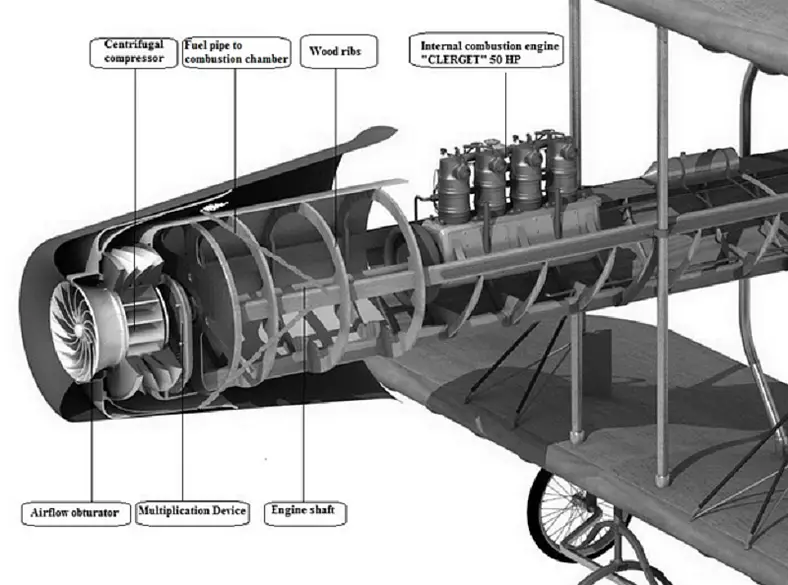
As the image above represents, the frame (as most biplanes at the time) was made from wood which would never be able to support the sheer thrust created by a jet engine, especially when the jet engine was in the front of the plane which in theory should centralize the power to weight ration rather than having it on the back. Some aerodynamic engineers say that having the jet engine in front of the plane was not the greatest idea, however, many jet planes, especially from the Cold War era, came with the jet engine in the nose of the plane.
Back to the year of 1910, Henri Coanda wanted to test his invention to see it’s full potential as well as capabilities with all its flaws that have been mentioned which he was about to discover. He decided that it would be easier if he built the aircraft around the jet engine itself rather than constructing the jet engine based on the plane.
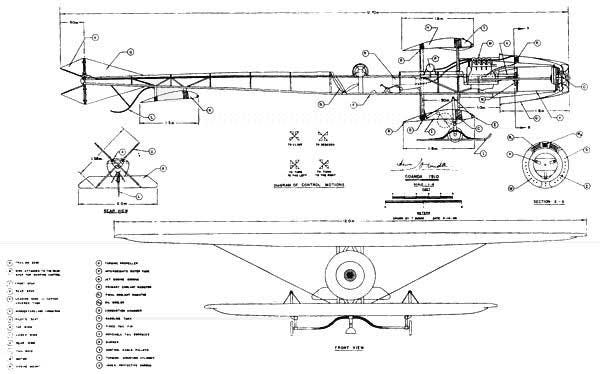
So the jet engine will be at the center of the plane which will not only balance the mass of the plane in order to get better aerodynamics but also, have a more rigid structure rather than having the jet engine or engines set on the wings of the aircraft. The motorjet would be of a smaller size in accordance with the weight of the plane and the propulsion power required to take off and reach an altitude of 3000 meters high. The prototype required a 4-cylinder piston engine Clegret (producing 50 horsepower) in order to power a centrifugal compressor which was intended to propel the plane. This added extra weight to the aircraft.
Hans von Ohain overshadowing Henri Coanda
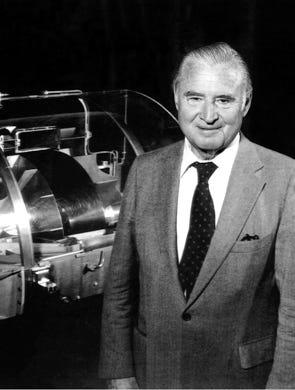
Most people think that the original inventor of the jet engine is Hans von Ohain, a German aerospace engineer that has ‘perfected’ the jet engine with the creation of the ME-262 German fighter jet of the World War 2 era. This was not the first proper jet plane however, it was the first jet fighter capable to withstand speeds up to 1300 kmph. Interestingly enough, even if Hans was much older than Henri they both attended the same school Berlin Technische Hochschule.
As mentioned before, he did perfect the jet engine but this does not mean that he created it. Coanda-1910 (despite many historians disagreeing) has flown even if not to the best of its abilities because of the technological limitations at the time. The ME-262 which is supposedly believed to be the first jet plane/fighter has been built in 1944, which is 34 years after Henri Coanda’s first jet plane, this offered Ohain ample time to improve it and by all means, he did a great job.
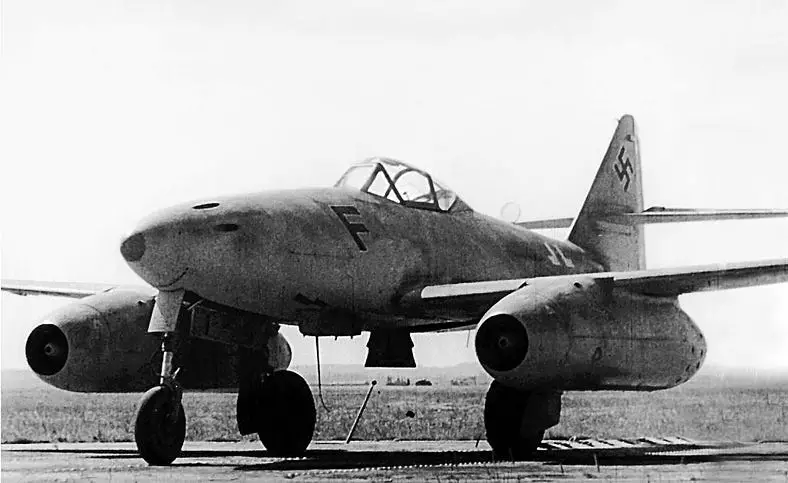
Many historians still claim that Henri Coanda’s prototypes were never flown or even tested. I do not understand or resist the impertinence of such critics as true pilots have died testing out this invention. Henri Coanda never reached a stable plane as he was summoned by a technical manager of the Bristol Aeroplane Company in the United Kingdom to work on another aircraft.
The only evidence of him being the true creator of the jet engine that I can present to you (as a point of reference) is a book written by two academics from the University of Technology of Dresden, Rolf Sonnemann and Klaus Krug. They have written Technik und Technikwissenschaften in der Geschichte (Technology and Technical Sciences in History) 1987 in which they clearly mention that Henri Coanda’s jet aircraft from 1910 was the first jet plane.
Avid Writer with invaluable knowledge of Humanity!
Upcoming historian with over 30 million views online.
“You make your own life.”





